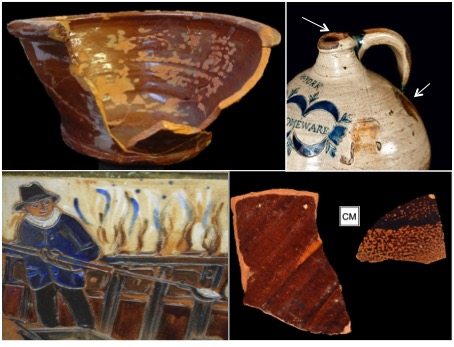
When I (Lindsay) first started visiting archaeological collections from historic kiln sites in the mid-Atlantic for my dissertation research, I found time and again that the same researcher had already been there: Brenda Hornsby Heindl. We eventually met, and learned that we had distinct but complementary interests in these collections. Brenda is a stoneware potter, and has focused her recent research on historic kiln and ceramic production technology. I research coarse earthenware production and trade in the Atlantic World. In other words, we love to get very technical about clays, kilns, and all things pottery-related! At this year’s SHA annual meeting, we led a workshop that had been several years in the making, “Clear as Mud: A Toolkit for Identifying Coarse Earthenwares and Stonewares.”
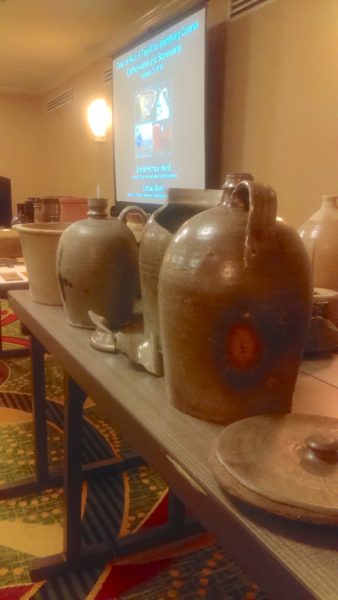
This workshop idea arose because both of us have been frustrated by the issues plaguing coarse earthenware and stoneware identification in archaeological collections. These wares are ubiquitous, and superficially share a number of characteristics. Yet at the same time, as handmade items, each varies in ways that may seem random to the casual observer. These wares also tend to lack the defined date ranges we have come to expect for most historic ceramics. For these reasons, many archaeologists fall back on general categories such as “American Stoneware” or “Redware,” lumping sherds into large groups that are not very useful analytically. After years spent digging through boxes of wasters and kiln furniture from pottery production sites, and many hours spent with microscopes, mass spectrometers, and pottery wheels, we have come to recognize some key patterns for earthenware and stoneware identification. Generally there is no single attribute, but a constellation of attributes that together are diagnostic.
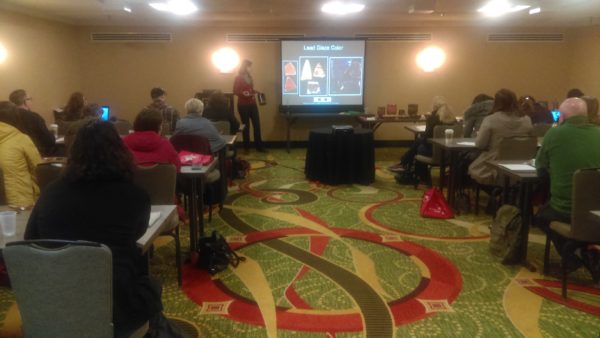
Our goal in this workshop was to train participants to recognize the characteristics that are meaningful markers of production method and source. Attributes like firing cores and glazing patterns can be tied to specific production practices that may have temporal, geographic, or ethnic connections. Better identification of these wares has a big payoff for research, from improved mean ceramic dates (MCDs) and site chronologies, to providing evidence for trade at all levels, from very local to global.
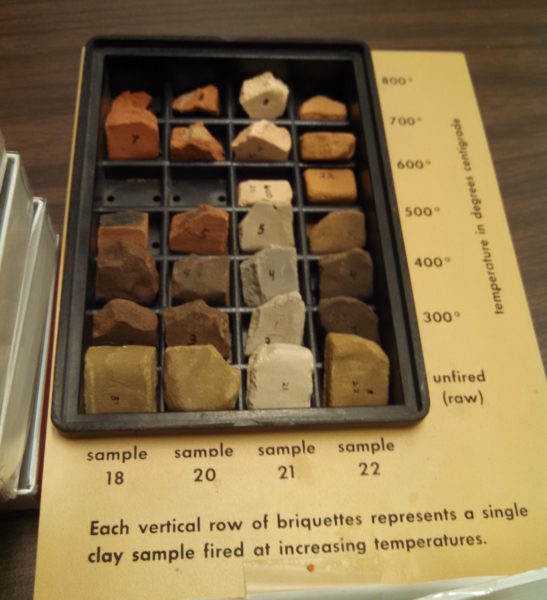
It was important to us that the participants learned as we did, by being able to handle and study a variety of broken and complete pots. So, we packed up our study collections and brought the many boxes with us to New Orleans. The four-hour workshop toggled between lectures and hands-on activities. We provided each table with a pile of sherds representing different ware types, vessel forms, and sources. Participants sorted these in various ways, as they learned about kiln firing temperature and atmosphere, surface treatments and vessel form. At the front of the room we laid out a table of earthenware vessels and a table of stoneware vessels, each piece illustrating different technological and origin markers. We also set up a digital microscope with mounted sherd cross-sections, to show how characteristic aplastic inclusions could point to a vessel’s source.
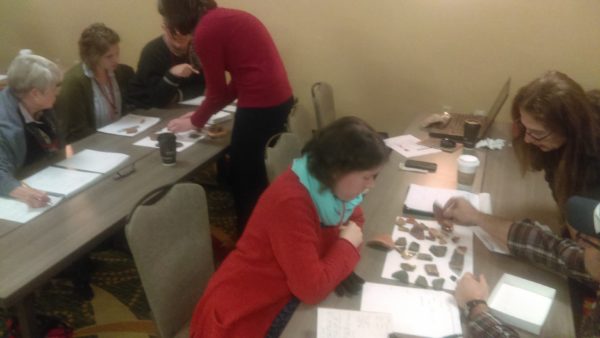
While the conditions in the conference room were arctic, feedback from the workshop has been very positive. In the post-workshop survey, responses have been evenly split between those who found the lectures most useful, and those who learned more from the hands-on activities, with several responses valuing both equally. We recognize that many archaeologists are working with limited study collections or without access to identified materials. Online galleries are great, but they can’t substitute (yet) for the tactile and three-dimensional nature of the objects themselves. The “emery board” texture of London-area redware, the gleam of a well-salted Westerwald stoneware are difficult to capture in pictures. As archaeologists we need more opportunities to handle unfamiliar artifacts and share diagnostic materials. In this brief experience, we only introduced a small fraction of the body of knowledge to be gained from these artifacts. However, we hope that some of our participants now agree that “clear as mud” doesn’t have to be an oxymoron when it comes to historic pottery production. The answers are written in the clay.
If you want to really understand the handmade pottery in your collections, we recommend the following:
- Keep a microscope on hand for ceramics analysis. Pay attention to inclusions, clay mixing, and texture. If you’re permitted to make fresh breaks, use a set of tile nippers to obtain a small clean cross-section to examine. You’ll discover there’s a lot more variation than you thought.
- Take a pottery class! Many community colleges or parks and recreation departments offer classes for adults. Once you start playing with clay and watching it transform into fired pots, you’ll gain a greater understanding of and appreciation for these wares.
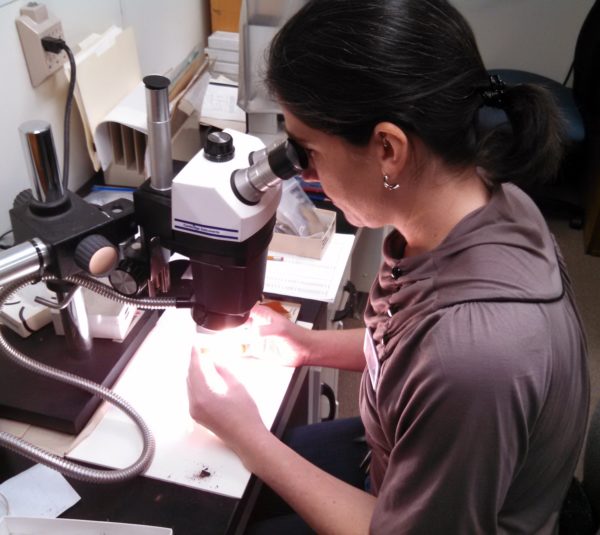
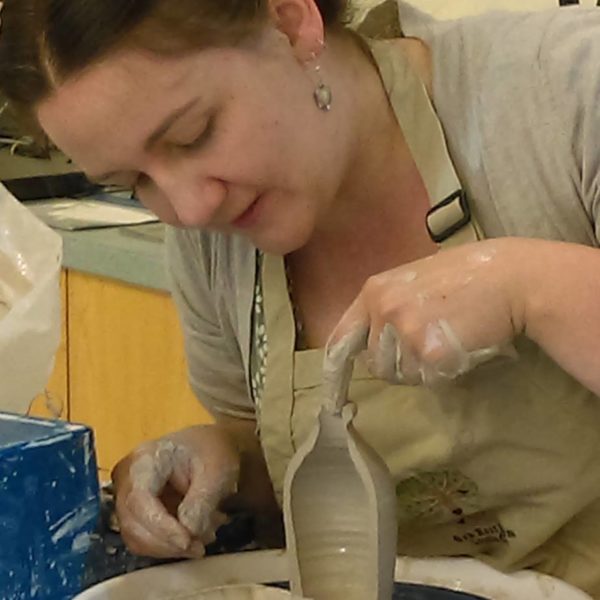
Lindsay Bloch, Ceramic Technology Lab, Florida Museum of Natural History
Brenda Hornsby Heindl, Ceramics Department, Jeffrey S. Evans and Associates, Liberty Stoneware

